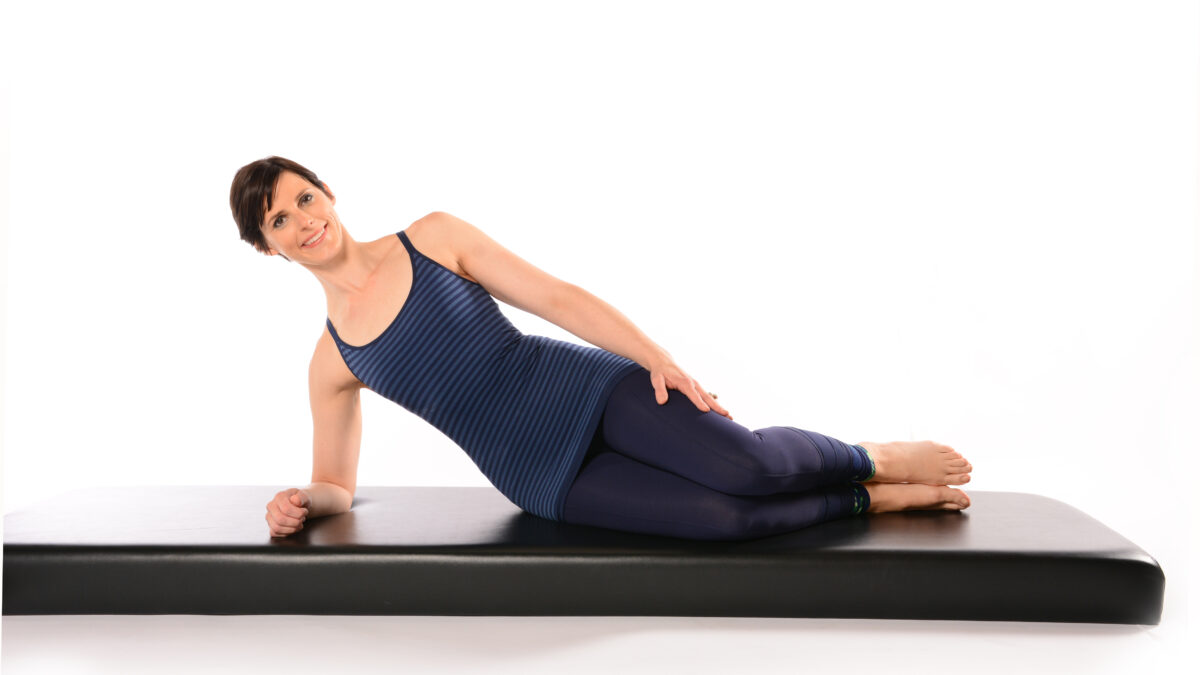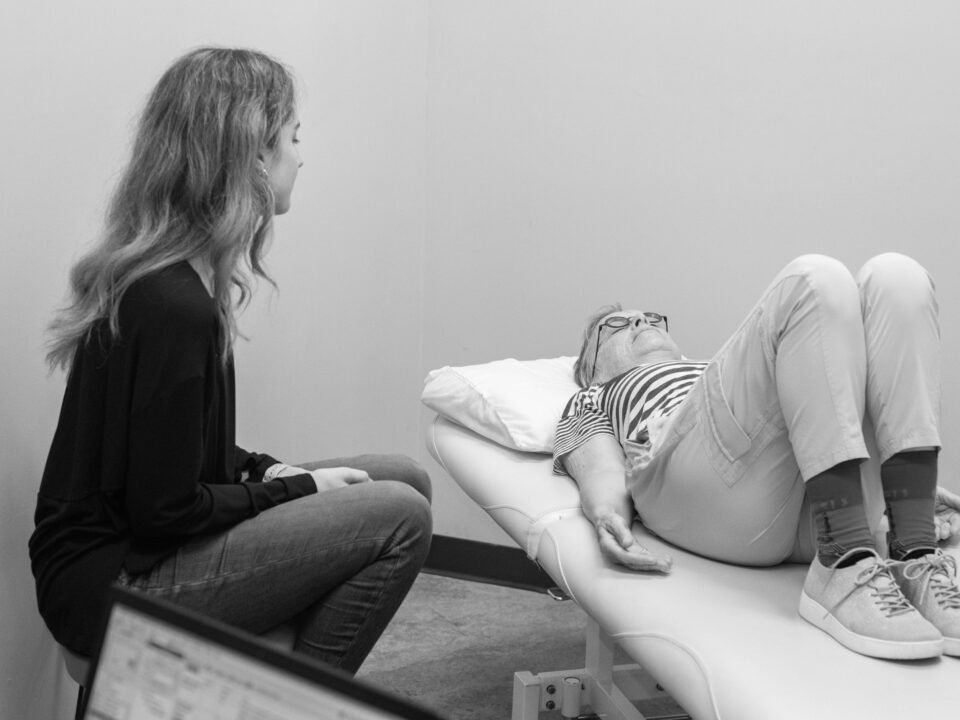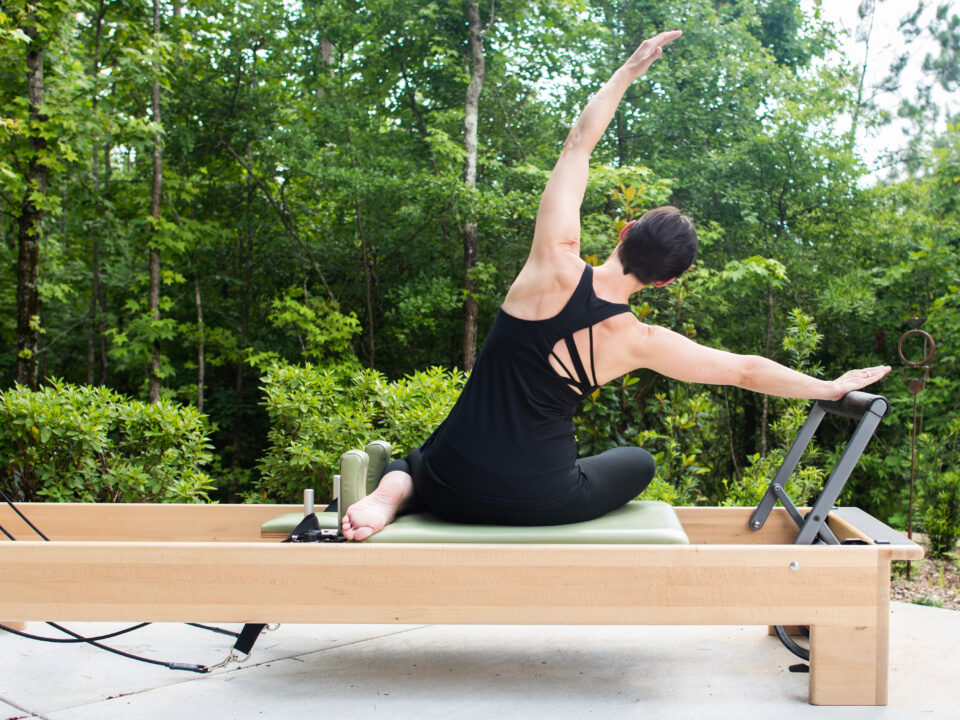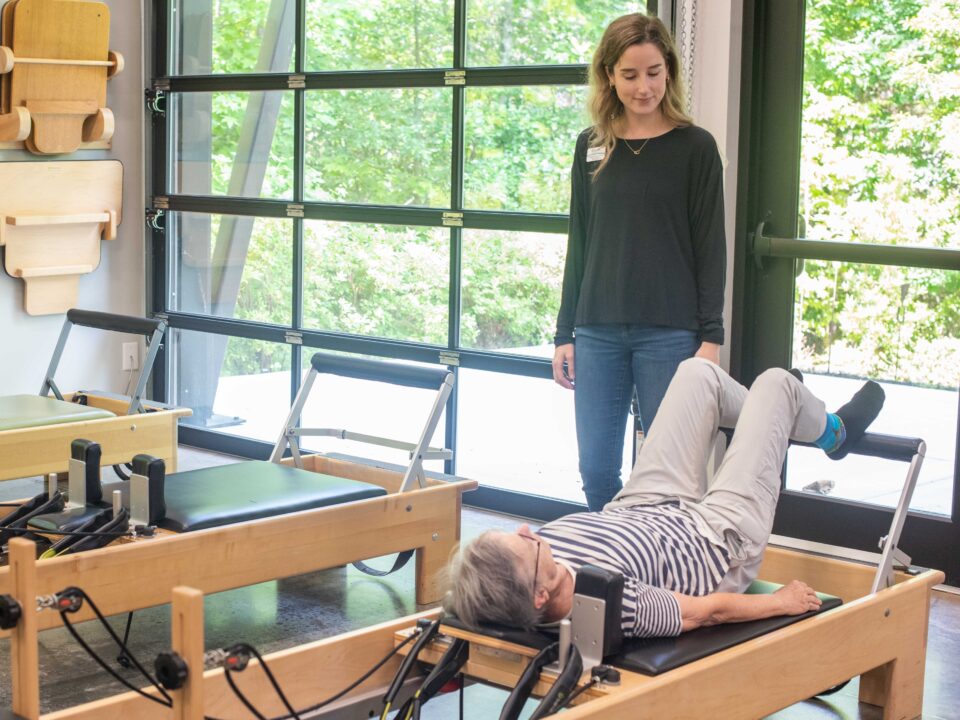- Mon - Fri
7.30 AM – 5.30 PM
Other hours upon request - 770-487-1931
Pilates for Pelvic Floor Health: Why It Matters at Any Age

By Tamara Newell
October 2025
In recent years, conversations about women’s health have begun to shed a brighter light on pelvic floor wellness — and for good reason. From core stability to bladder control, the pelvic floor plays a crucial role in everyday movement and long-term quality of life. With a focus on alignment, breath, and strengthening deep core muscles, Pilates can offer women both an enjoyable and effective form of exercise to repair and support the pelvic floor.
Understanding the Pelvic Floor
Your pelvic floor is a combination of muscles, ligaments, and connective tissue. These work together as a network to support the bladder, uterus, and bowel. The pelvic floor muscles serve our body in various ways throughout life. A healthy pelvic floor provides core stability, improves sexual health, and supports bladder control. Women undergo several significant physical changes that can significantly impact their pelvic floor like pregnancy, childbirth, aging, hormonal changes, and high-impact exercise. Each of these can either weaken or over-tighten the pelvic floor. This may lead to common issues like incontinence, prolapse, or chronic pelvic discomfort.
By incorporating pelvic floor Pilates into your wellness routine, you build pelvic strength and coordination in the muscles that matter most for posture, core stability, and everyday comfort.
Why Pelvic Floor Pilates Stands Out
Unlike high-impact workouts that can strain the pelvic floor, Pilates emphasizes slow, controlled movements, proper breathing, and proper alignment. This approach allows you to safely strengthen both the deep abdominal muscles (transversus abdominis) and the pelvic floor without undue strain.
Key benefits include:
● Improved Core Stability: Pilates focuses on engaging the “powerhouse” — your core, including the pelvic floor — which helps stabilize the spine, hips, and pelvis.
● Pelvic Strength and Control: Targeted exercises strengthen pelvic floor muscles. These exercises may reduce leakage or prolapse.
● Low-Impact Movement: Gentle yet effective, Pilates is accessible for people recovering from childbirth, surgery, or simply seeking a supportive exercise style as they age.
Incontinence and Pelvic Strength
When many women experience incontinence, the go-to for aiding this is often Kegel incontinence exercises. While Kegels are not ineffective, they are limited in their ability to support the pelvic floor. Kegels target isolated contraction; Pilates incorporates the pelvic floor into whole-body movement.
Incontinence exercises are a significant focus in women’s health, and Pilates can complement traditional Kegels to make daily tasks, such as lifting groceries, sneezing, or running after kids, easier and more comfortable.
Lifelong Benefits at Any Age
From pregnancy through menopause, pelvic floor Pilates is a valuable exercise. Strong pelvic muscles help enhance core strength, alleviate back pain, and improve overall quality of life. And because Pilates also improves body awareness, you’re more likely to recognize and address pelvic floor issues early — preventing bigger problems down the road.
Getting Started Safely
If you’re new to Pilates or have significant pelvic floor concerns, consider working with a certified Pilates instructor who has training in pelvic health. At ProHealth Physical Therapy and Pilates, you can do just that. Contact the studio today to help you find the right instructor to help you get started on your Pilates journey




